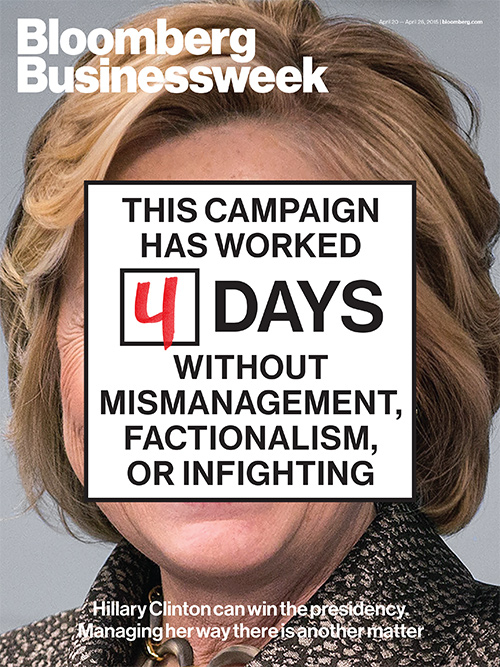Megan McArdle explains for Bloomberg View readers why welfare reform still makes sense nearly two decades after the Bill Clinton administration and congressional Republicans made it happen.
Was welfare reform a good idea?
In the past few years, I’ve started to hear a common complaint from leftish policy wonks about the welfare reforms of 1996. Maybe it was a good idea in the booming labor market of the 1990s, they say. But after the dot-com bubble burst in the early 2000s, things went south, and what looked like a good idea at the time has turned out to be a recipe for misery. Max Sawicky referenced that argument Friday at Mother Jones in a post on labor force participation.
Yet if you look at the poverty figures, I don’t think they tell that story. Here’s the chart the U.S. Census Bureau publishes each year, showing the historical path of the poverty rate:

It’s true that poverty has been unacceptably high for the past few years. What’s surprising is that it hasn’t been higher. We just went through the worst financial crisis since the Great Depression. Unemployment shot into the double digits, yet the poverty rate was no higher than it was after the relatively mild recession of the early 1990s.
That suggests to me that welfare reform has been a success: It lowered what you might call the “baseline” level of poverty — the hard-core population of people almost completely unmoored from the labor market, who did not manage to support themselves in work even when the economy was doing well and made up the majority of welfare caseloads at any given time prior to reform. That’s surely a good thing.


